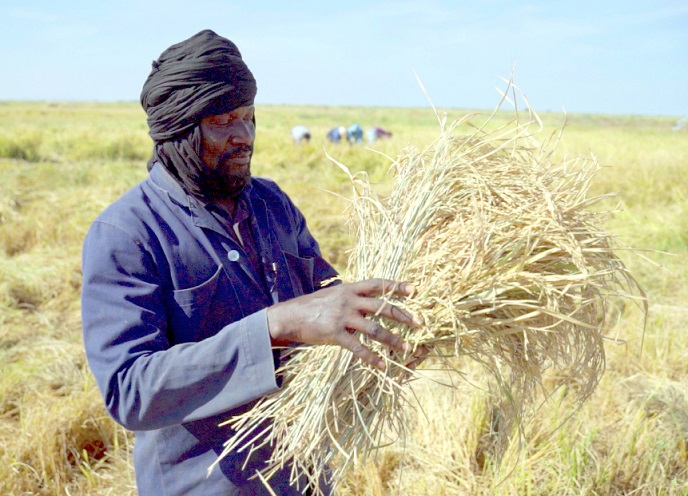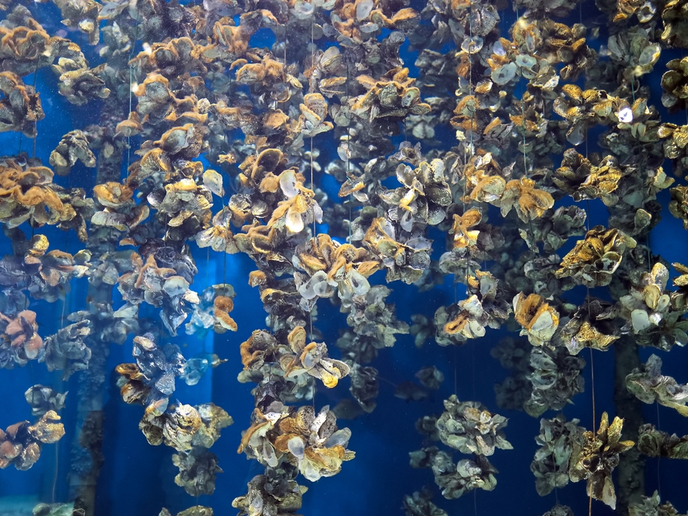Better predictions of phytoplankton in the ocean to help fisheries planning
Phytoplankton, self-feeding organisms floating in the ocean, are the primary source of food for marine animal life and need chemicals present in the ocean as nutrients to thrive. Thanks to the EU’s two-year NeTNPPAO project, researchers at the Barcelona Supercomputing Center(opens in new window) (BSC), in Spain, have made progress on testing simulations to predict the net primary production (NPP) of phytoplankton. Their research, carried out with the support of the Marie Skłodowska-Curie programme, paves the way for more accurate forecasts to help policies to stop the world’s oceans from being overfished. “The advantage of the technique we are trialling is that it should produce a picture of the ocean closer to reality,” said Dr Raffaele Bernardello, senior researcher at the BSC, who was supervised by climate scientist Dr Pablo Ortega. Current models to predict phytoplankton NPP assimilate observations of variables such as temperature and salinity of the ocean over time, capturing interannual variability, but cannot assimilate observations of nutrients in the same way because these observations are much more limited in space and time. During NeTNPPAO, the researchers exploited the correlations between the ocean’s physical properties (salinity and temperature) and the distribution of its nutrients to produce partial inter-annual reconstructions for nutrient variables. This development is expected to lead to improved seasonal-to-decadal predictions of NPP. Preserving marine life Policies to stop overfishing of endangered species have often relied on extrapolations of the historical time-series of fish catches. However, recent studies have pointed to NPP as a potential key environmental indicator. Dr Bernardello and Dr Ortega are convinced seasonal-to-decadal predictions could improve ocean management, since 10-year periods are attractive to policy-makers who want results on the environment. “This seems to be the maximum timescale over which we react as a society,” said Dr Bernardello. The researchers crunched numbers from the eastern side of the Atlantic Ocean using an Earth System Model on one of Europe’s six Tier-0 supercomputers, MareNostrum(opens in new window), drawing on the expertise in climate modelling of the BSC’s 100-strong Earth Science Department. Researchers designed two different types of simulations: one that assimilates the newly developed nutrient reconstruction and the other that doesn’t. Predictions were produced for the years 1997 to 2018, and were then contrasted with the actual observed states of the Earth system in that period. “This comparison helps us to identify which regions are successfully predicted in the past, and are therefore potentially predictable in the future,” said Dr Ortega. The team hit a few obstacles during their work: delays in the upgrade of the supercomputer and the release of key software. They are now completing the decadal predictions and will be analysing the results in the next few months. However, the results so far have already won the team funding to continue their work. “We’re one of the first groups worldwide working on this subject,” said Dr Bernardello. There is huge interest in better managing fish stocks given the rising world population(opens in new window) – set to hit 9.8 billion by 2050 – and the consequent worry about food shortages: “Improving the ability to predict fluctuations in fish populations will ensure more effective management,” Dr Bernardello concludes.







